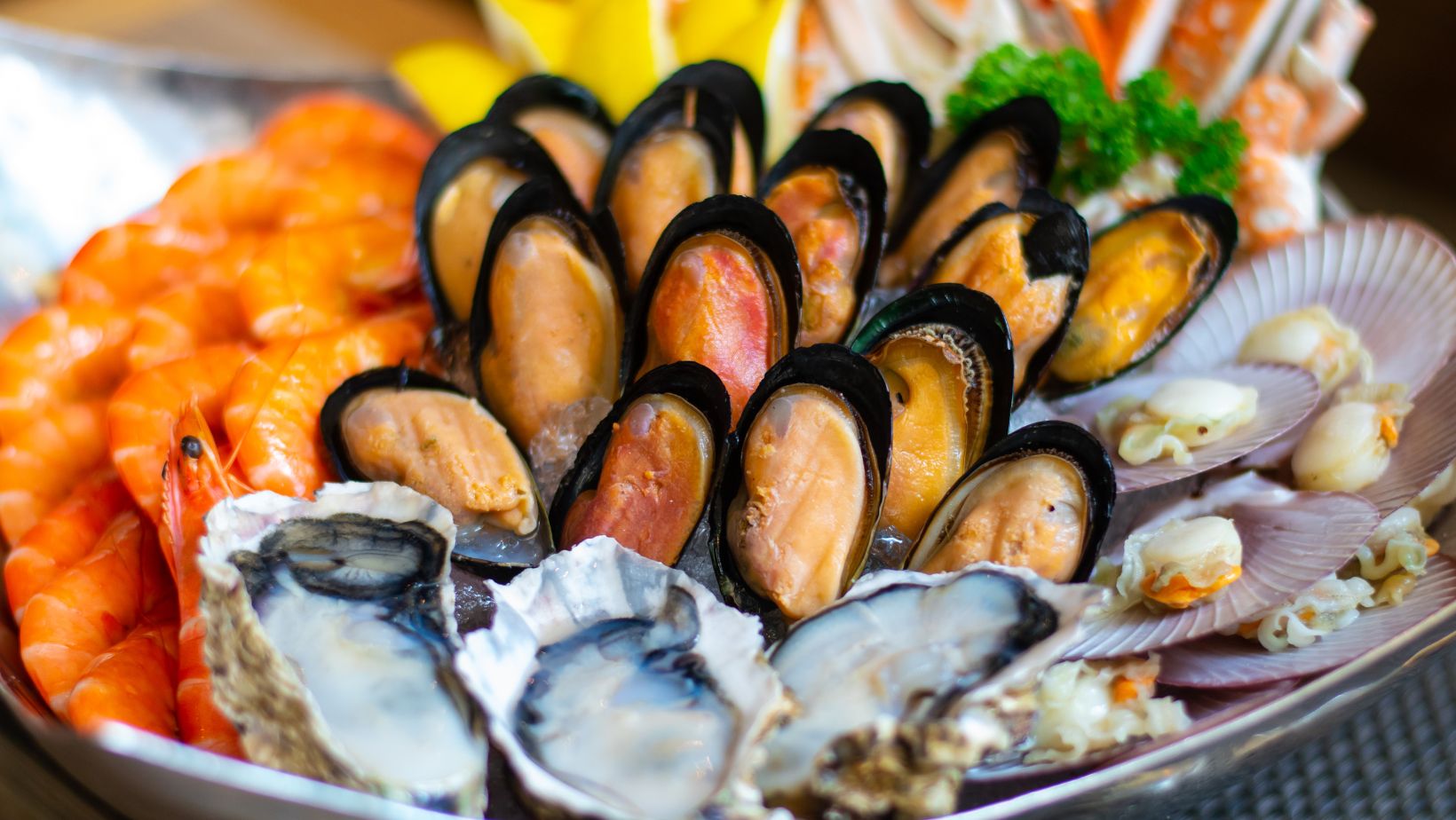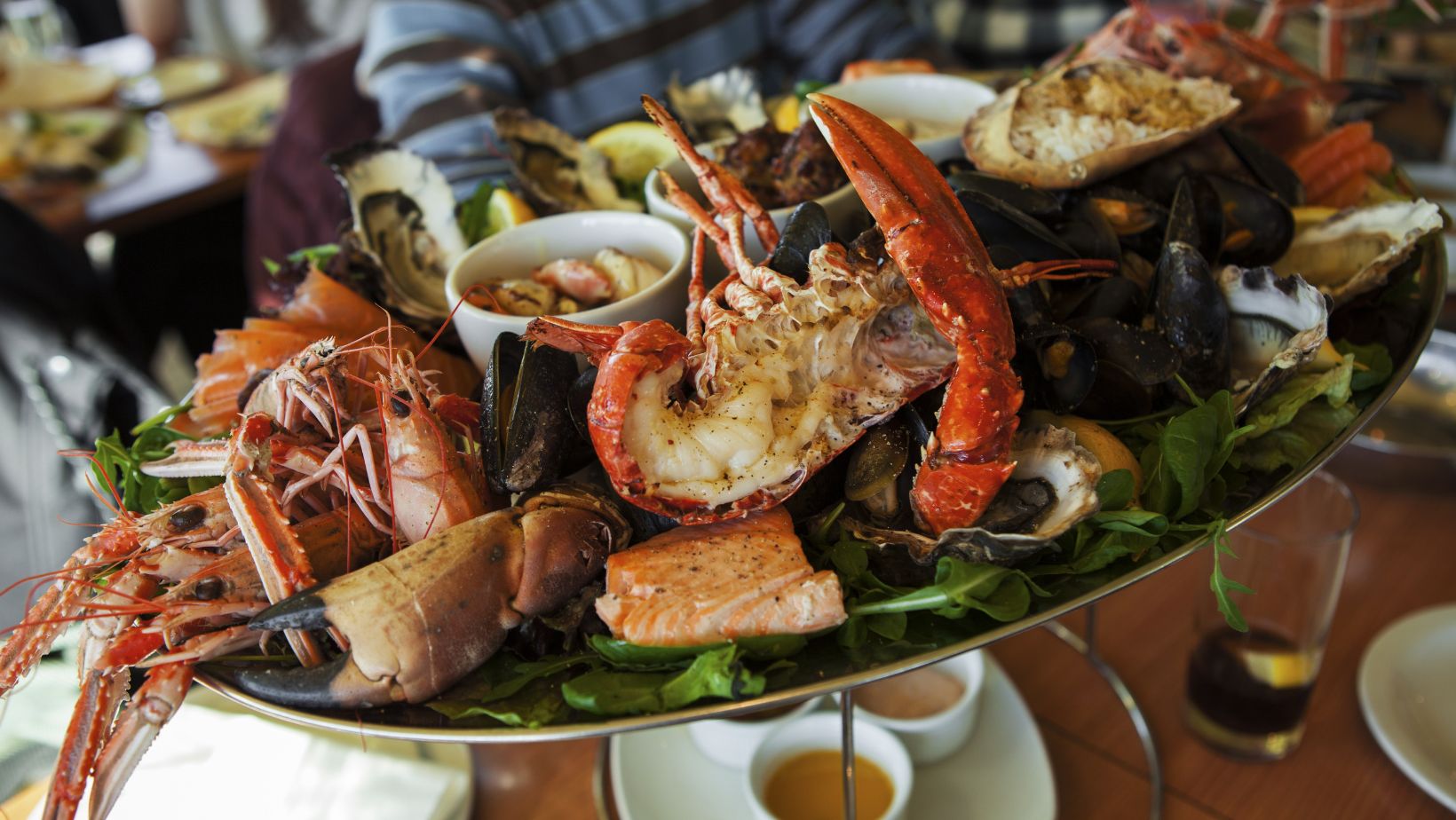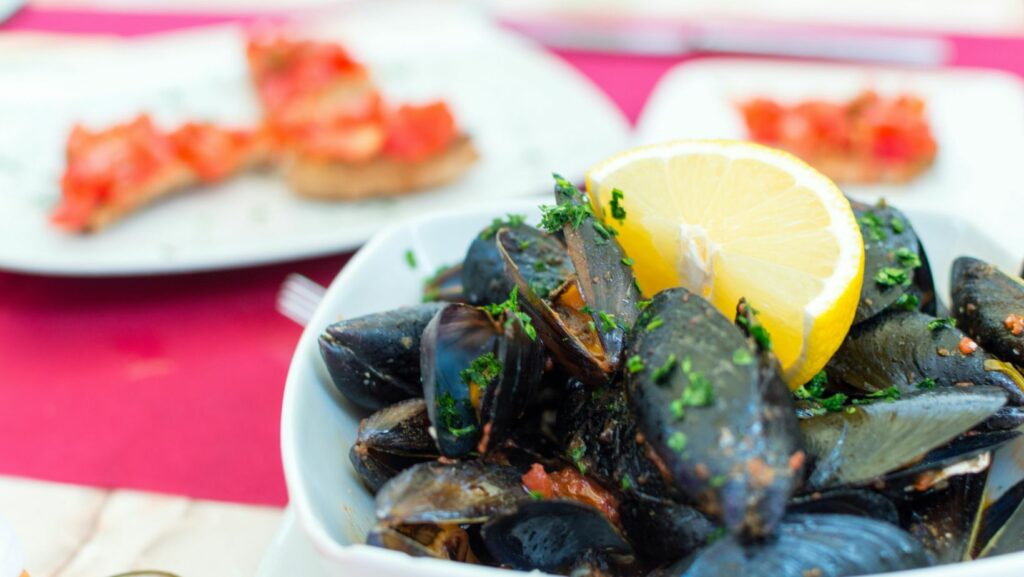Cooking with seasonal ingredients is more than just a trend—it’s a celebration of nature’s freshest offerings. Spring, in particular, brings a bounty of vibrant vegetables that are not only flavorful but also packed with nutrients. Pairing these seasonal treasures with the right proteins can transform any meal into a masterpiece. In this article, we’ll explore why cooking with seasonal produce matters, how to pair it with complementary proteins, and why wild caught seafood is a standout choice for your spring recipes. Let’s dive into the delicious details.
The Benefits of Seasonal Cooking
Seasonal produce offers peak flavor and nutrition, but that’s not all. Cooking with what’s in season supports local farmers, reduces your carbon footprint, and often saves money. It’s a win-win for your health, wallet, and the planet. Imagine biting into fresh asparagus or peas harvested at their prime—the difference in taste compared to off-season options is staggering.
But how do you make the most of these ingredients? The secret lies in finding their perfect partners. Proteins like poultry, tofu, or seafood can complement seasonal vegetables, enhancing their flavors while adding a satisfying depth to your dishes. Among these options, wild caught seafood stands out for its sustainability, flavor, and versatility.
Crafting Balanced Meals with Seasonal Ingredients
Creating meals with seasonal vegetables and proteins doesn’t have to be complicated. With the right pairings, you can craft dishes that delight the palate and nourish the body.
The Role of Flavor Pairing
Successful meals hinge on balanced flavors. Vegetables like asparagus, peas, and artichokes have distinct earthy and slightly sweet profiles that pair beautifully with mild yet flavorful proteins. For example, grilled chicken provides a neutral backdrop, allowing the vegetables’ natural sweetness to shine. On the other hand, wild caught seafood, like salmon or halibut, introduces a subtle brininess that elevates the dish to gourmet status.
Spotlight on Wild Caught Seafood
Wild caught seafood isn’t just a delicious choice—it’s a responsible one. Harvested from natural habitats, it’s free from the additives and antibiotics often found in farm-raised alternatives. Beyond its environmental benefits, wild caught seafood is rich in omega-3 fatty acids, essential for heart and brain health. Whether you’re searing salmon or grilling shrimp, incorporating wild caught seafood into your meals ensures a nutritious and flavorful result.
A Spring Menu to Savor
To put theory into practice, let’s create a dish that highlights the best of spring: a fresh asparagus and pea risotto topped with grilled wild caught salmon. This meal is a symphony of textures and flavors, celebrating the season’s bounty.
Asparagus and Pea Risotto
Start with a creamy risotto base. Sauté onions and garlic in olive oil, then add Arborio rice and deglaze the pan with white wine. Gradually incorporate vegetable stock, stirring until the rice becomes tender. Add blanched asparagus and peas during the final minutes of cooking, ensuring they retain their vibrant color and crisp texture.

The risotto’s creaminess is the perfect canvas for showcasing seasonal produce. A touch of grated Parmesan cheese enhances the richness, while a hint of lemon juice brightens the flavors. By emphasizing the freshness of the ingredients, you’re creating a dish that embodies spring’s spirit.
Grilled Wild Caught Salmon
Season wild caught salmon fillets with salt, pepper, and a touch of lemon zest. Grill them skin-side down for crispy perfection, flipping only once to avoid overcooking. The salmon’s rich, flaky texture complements the creamy risotto, while its natural oils enhance the dish’s overall flavor.
Pairing salmon with vibrant greens like asparagus and peas creates a harmonious balance of flavors and textures. The dish is not only a visual treat but also a nutritional powerhouse, offering protein, healthy fats, and essential vitamins in every bite.
Plating and Presentation
Spoon the risotto onto plates, creating a bed for the salmon. Garnish with fresh parsley or a drizzle of lemon-infused olive oil. The result is a visually stunning and palate-pleasing dish that captures the essence of spring.
Tips for Cooking with Seasonal Ingredients
Making the most of seasonal produce involves a bit of planning and creativity. Here are a few tips to keep in mind:
- Shop Locally: Farmers markets are treasure troves of fresh, in-season vegetables.
- Experiment: Don’t shy away from lesser-known vegetables like ramps or fiddleheads.
- Balance Textures: Pair crunchy vegetables with tender proteins for a well-rounded meal.
- Use Fresh Herbs: Spring herbs like dill, parsley, and mint can add a burst of flavor to any dish.
- Plan Ahead: Create a weekly menu that incorporates seasonal ingredients, ensuring variety and balance.
- Preserve the Season: Consider freezing or pickling surplus produce to enjoy later in the year.
Conclusion: Celebrate the Season
Spring’s abundance offers endless opportunities to create memorable meals. By combining fresh vegetables with complementary proteins like wild caught seafood, you can elevate your cooking while staying in harmony with the season.

Whether you’re hosting a dinner party or simply enjoying a quiet meal at home, dishes like asparagus and pea risotto with grilled salmon remind us of the joys of seasonal cooking. So head to your local market, pick up some wild caught seafood, and savor the flavors of spring. Every bite is a celebration of freshness, sustainability, and the artistry of simple, thoughtful cooking.

